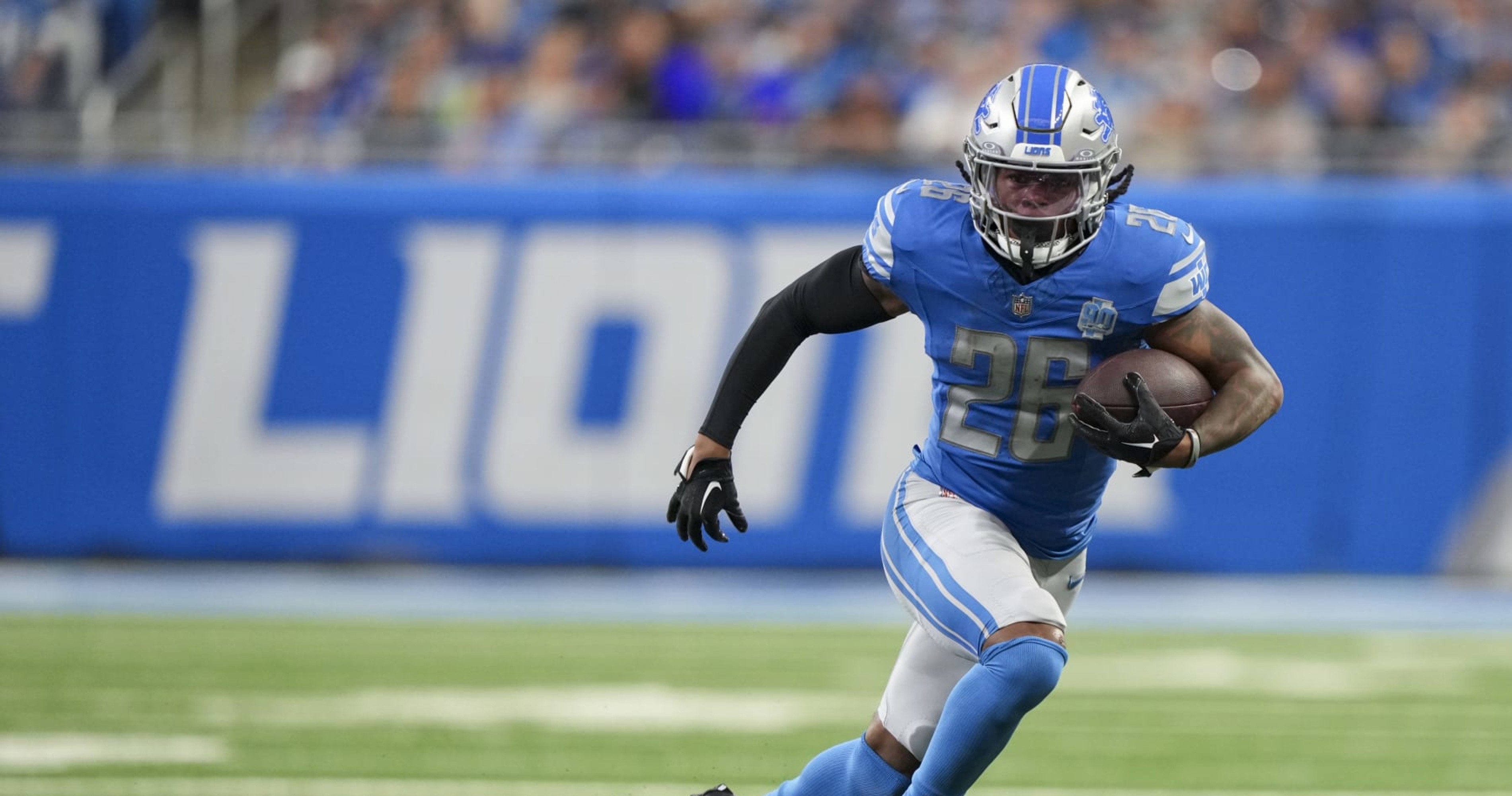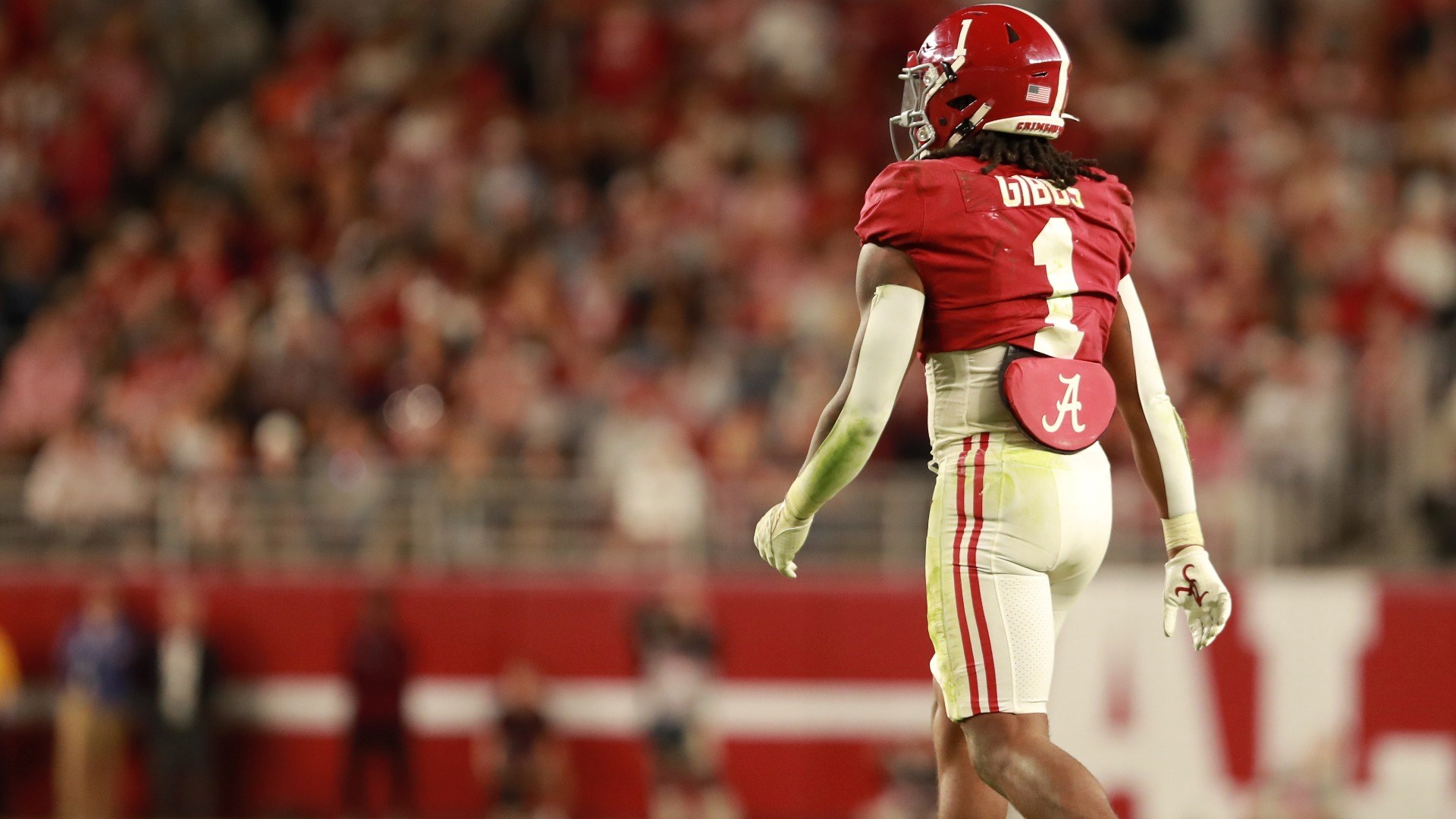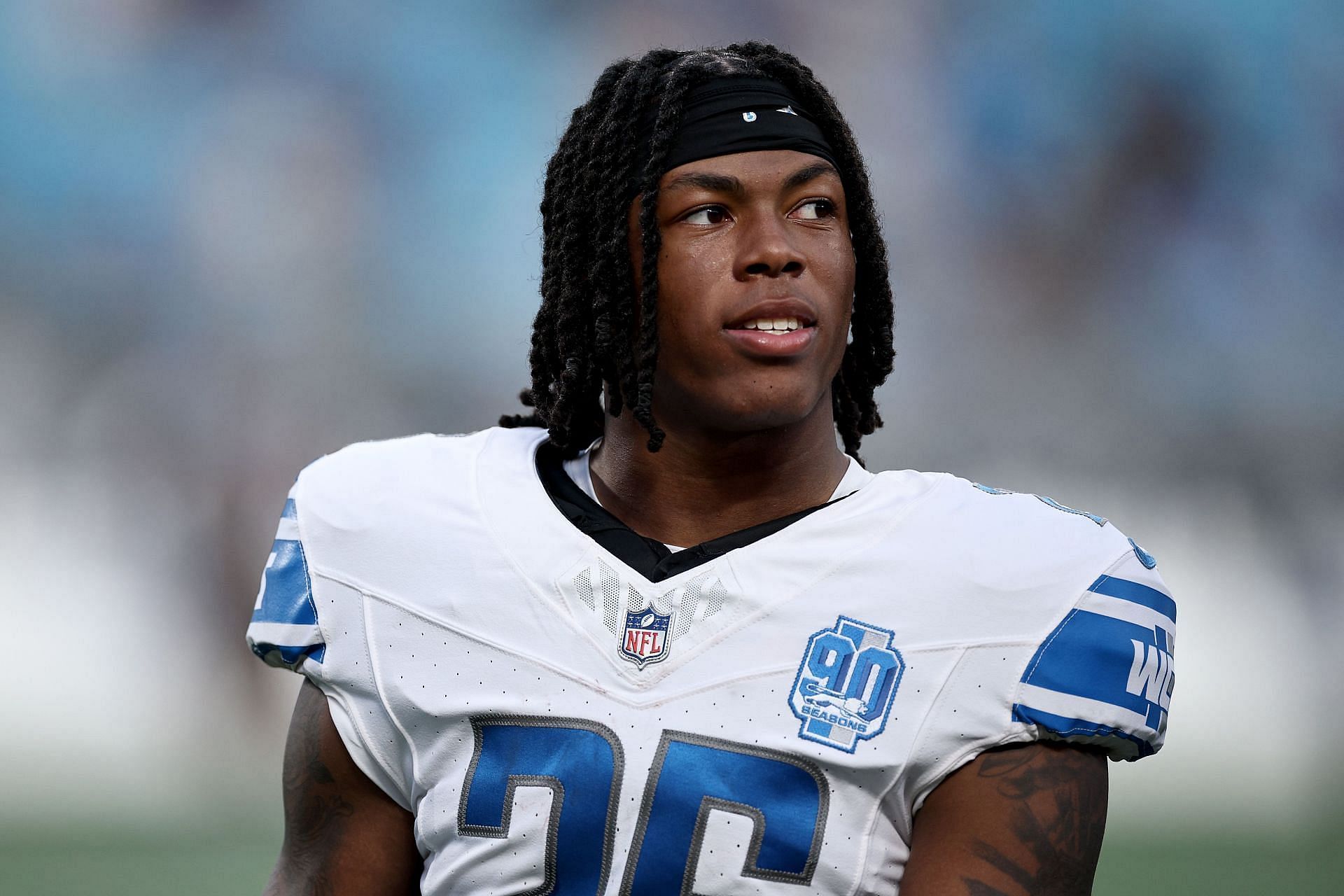Jahmyr Gibbs’ Injury History: Jahmyr Gibbs Injury

Jahmyr Gibbs has been a standout player in college and professional football, but his career has also been punctuated by several notable injuries. These injuries have had varying degrees of impact on his performance, and it is important to understand their history and potential implications for his future.
Timeline of Injuries
The following timeline details the significant injuries Gibbs has sustained throughout his career:
- 2020 (Georgia Tech): Gibbs suffered a high ankle sprain during his freshman season at Georgia Tech. This injury forced him to miss several games, impacting his early development.
- 2021 (Alabama): Gibbs transferred to Alabama and had a minor hamstring strain early in the season. This injury was relatively short-lived and did not significantly affect his performance.
- 2023 (Detroit Lions): Gibbs’ most recent injury occurred during his rookie season with the Detroit Lions. He sustained a high ankle sprain in Week 10 against the Chicago Bears. The injury sidelined him for several weeks, but he eventually returned to play in the final few games of the season.
Severity and Impact of Injuries
Gibbs’ most notable injury has been the recurring high ankle sprain. This type of injury can be particularly troublesome for athletes, as it involves damage to the ligaments that support the ankle joint. High ankle sprains often require significant recovery time, and they can lead to chronic instability in the ankle.
Gibbs’ high ankle sprain in 2023 required him to miss several games, and it likely impacted his performance upon his return. He was not able to fully regain his explosiveness and agility, which are crucial for his running back position.
Recurring Nature of Injuries, Jahmyr gibbs injury
The fact that Gibbs has sustained multiple high ankle sprains throughout his career raises concerns about his long-term health. This type of injury can be difficult to fully rehabilitate, and repeated sprains can lead to chronic pain and instability.
While it is too early to say definitively whether Gibbs’ recurring ankle injuries will significantly impact his career, it is a factor that should be monitored closely. Athletes with a history of high ankle sprains are often at greater risk for future injuries, and it is essential that Gibbs takes the necessary precautions to prevent further complications.
Impact of the Injury on Gibbs’ Performance

The injury to Jahmyr Gibbs had a significant impact on his performance, both immediately and in the long term. It’s important to analyze these effects to understand how the injury affected his overall contribution to the team.
Immediate Impact on Performance
Gibbs’ injury resulted in a noticeable decline in his performance. His rushing yards per game dropped significantly, and he was less effective in catching passes out of the backfield. The injury also limited his ability to break tackles and gain yards after contact. This can be seen in his statistics.
Prior to the injury, Gibbs averaged 5.5 yards per carry. After the injury, his average dropped to 3.8 yards per carry.
Gibbs’ performance on the field also reflected this decline. He appeared hesitant to run with the same explosiveness and aggression he had before the injury. This cautious approach was likely a result of the pain and discomfort associated with the injury.
Long-Term Effects of the Injury
The long-term effects of the injury are still being assessed. However, it is possible that the injury could have a lasting impact on Gibbs’ playing style. The injury may have caused him to become more cautious and less willing to take risks. This could lead to a decline in his overall explosiveness and athleticism.
It is important to note that the long-term effects of injuries can vary greatly depending on the severity of the injury and the individual’s recovery process.
Comparing Performance Before and After the Injury
Comparing Gibbs’ performance before and after the injury highlights the significant impact the injury had on his abilities. His rushing yards, receptions, and yards per carry all declined significantly after the injury. This suggests that the injury had a substantial effect on his overall effectiveness.
While Gibbs’ statistics show a clear decline in performance, it is important to consider other factors that may have contributed to this change, such as changes in the team’s offensive scheme or the quality of his opponents.
Implications for the Future

The injury to Jahmyr Gibbs, while unfortunate, raises important questions about his long-term career prospects. It’s crucial to analyze the potential effects of this injury on his performance, draft stock, and future earning potential.
Potential Long-Term Effects
The long-term impact of the injury on Gibbs’ career depends on the severity and type of injury. If it’s a minor injury, the recovery should be quick, and the long-term effects are likely minimal. However, if it’s a more serious injury, such as a torn ACL, it could significantly impact his speed, agility, and overall performance. For example, Adrian Peterson, who suffered a torn ACL in 2011, still managed to have a successful career but required a longer recovery period and experienced a decline in his explosiveness.
Potential Risks of Re-injury
The risk of re-injury is a major concern for athletes who have suffered significant injuries. Depending on the type of injury, there’s a higher chance of re-injury, which could further impact Gibbs’ career. For example, a player who has suffered a torn ACL has a higher risk of re-injuring the same knee. This risk is amplified if the player doesn’t follow a rigorous rehabilitation program or doesn’t properly strengthen the surrounding muscles.
Impact on Draft Stock and Future Salary
The injury will likely have a negative impact on Gibbs’ draft stock and future salary. NFL teams often shy away from players with a history of significant injuries, as it increases the risk of future complications and potential loss of productivity. For instance, a player who suffers a significant injury during their college career may fall to a lower draft position, which translates to a lower signing bonus and potentially lower salary.
The Jahmyr Gibbs injury is a blow to the Lions’ offense, but it’s not the only setback they’re facing. The news surrounding jj mccarthy is also concerning, as he’s dealing with a nagging shoulder issue. With both key players potentially sidelined, the Lions need to find a way to adapt and overcome these challenges if they want to compete in the upcoming season.
Jahmyr Gibbs’ injury is a significant blow to the Lions’ offense, leaving a gaping hole in their running game. The Vikings, on the other hand, have a solid depth chart at running back, which can be seen here , with Dalvin Cook and Alexander Mattison providing a formidable one-two punch.
This depth will be crucial for the Vikings as they face a Lions team that will struggle to replace Gibbs’ dynamic playmaking ability.
